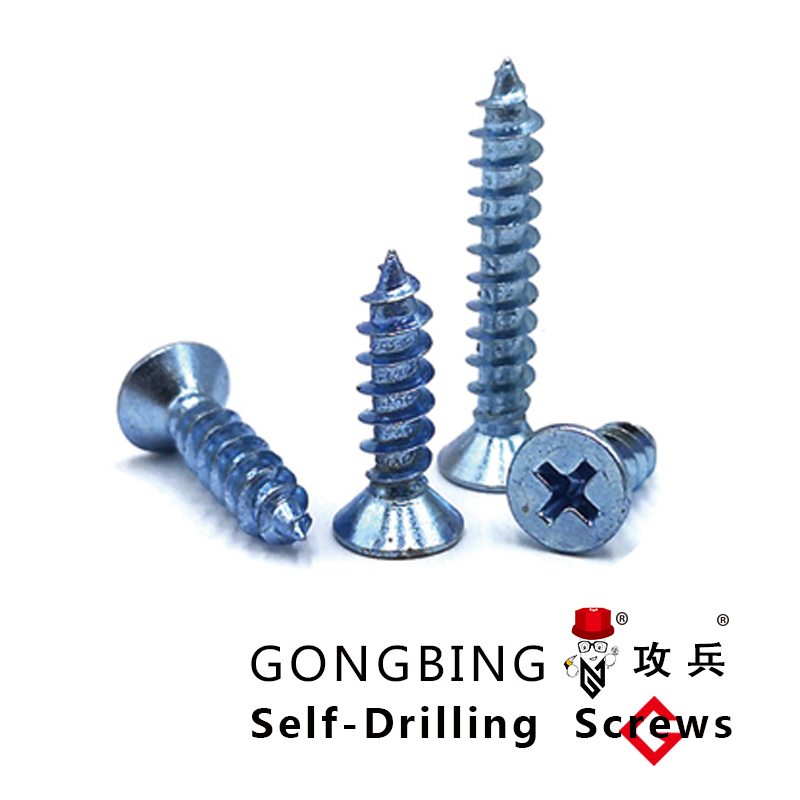Investigation of Headed Shear Studs in Composite Beam Design and Performance
Understanding Headed Shear Studs Key Considerations and Applications
Headed shear studs play a crucial role in the construction and civil engineering sectors, particularly in composite structures where steel and concrete work together to enhance load-bearing capacity and durability. By understanding the properties, installation techniques, and applications of headed shear studs, engineers and architects can make more informed decisions that lead to safer and more efficient designs.
What Are Headed Shear Studs?
Headed shear studs are metal connectors that typically consist of a cylindrical steel rod with a dome-shaped head at one end. These components are used primarily to create a composite action between a concrete slab and steel beams. When embedded in concrete, headed shear studs form a mechanical connection that allows the concrete to work in tandem with the steel, enhancing the overall structural integrity.
The primary function of these studs is to transfer shear forces between the concrete and steel beams. This transfer is crucial in applications where loads are applied, such as in bridges, high-rise buildings, and parking structures. By ensuring that the concrete and steel act together as a single unit, headed shear studs help to optimize material usage and reduce structural deflections.
Installation Techniques
The installation of headed shear studs typically involves welding them to the top flange of steel beams. This process requires precision and expertise to ensure that the studs are firmly anchored and properly aligned. Several methods of installation can be employed, including
1. Arc Welding This technique uses an electric arc to melt the base of the stud and the steel surface, creating a strong bond when cooled.
2. Resistance Welding A more common method, resistance welding uses electric current to generate heat and fuse the stud to the steel beam. This method is efficient and produces minimal heat-affected zones.
3. Mechanical Anchoring Although less common, some applications involve mechanical anchoring methods, where the studs are mechanically fixed instead of welded.
headed shear stud

Each installation method comes with its advantages and considerations, such as cost, speed, and the specific requirements of the project.
Advantages of Headed Shear Studs
The benefits of using headed shear studs in construction are numerous
- Increased Load Capacity By enhancing the bond between steel and concrete, headed shear studs significantly increase the load-carrying capacity of structures. - Efficient Material Use Composite construction reduces the amount of material needed, allowing for lighter and more resource-efficient designs. - Improved Structural Behavior The use of shear studs results in better overall structural performance, including improved resistance to lateral loads and reduced deflections. - Cost-Effectiveness While upfront installation costs may be higher, the long-term advantages such as reduced maintenance and improved durability can result in overall cost savings.
Applications in Modern Construction
Headed shear studs are widely used across various types of construction projects. In high-rise buildings, they are critical for creating composite floor systems that provide both strength and rigidity. In bridges, headed shear studs are essential for establishing connections that allow the superstructure and deck to function as a cohesive unit, ensuring stability and safety under dynamic loads.
Moreover, with the growing emphasis on sustainability, headed shear studs contribute to the ongoing trend toward greener buildings. By optimizing material use and enhancing the durability of structures, these connectors can play a vital role in reducing the carbon footprint of construction projects.
Conclusion
Headed shear studs represent an essential innovation in modern construction, allowing for the efficient and safe design of composite structures. By understanding their properties, advantages, and applications, engineers and architects can harness their potential to create buildings and infrastructures that are not only stronger but also more sustainable. As the industry continues to evolve, the importance of headed shear studs in achieving innovative, reliable, and cost-effective solutions will undoubtedly remain significant.
-
Weatherproof Plastic Expansion Anchors for OutdoorNewsJun.06,2025
-
Sustainability in the Supply Chain: Eco-Friendly TEK Screws ProductionNewsJun.06,2025
-
Load-Bearing Capacity of External Insulation FixingsNewsJun.06,2025
-
Double Head Bolts: Enhancing Efficiency in Industrial MachineryNewsJun.06,2025
-
Corrosion Resistance in Chipboard Screws: Coatings for Wholesale DurabilityNewsJun.06,2025
-
Butterfly Toggle Bolts : Enhancing Structural ResilienceNewsJun.06,2025
